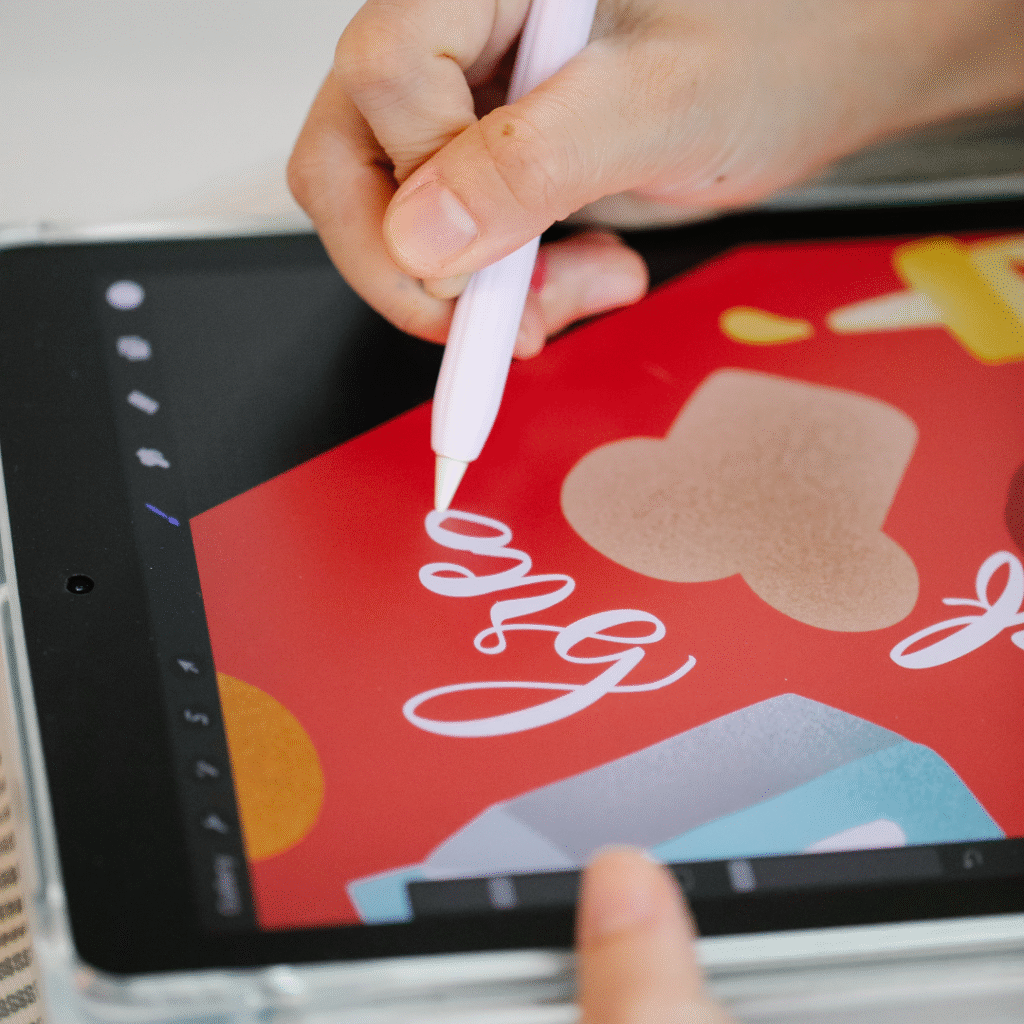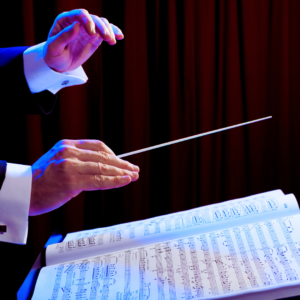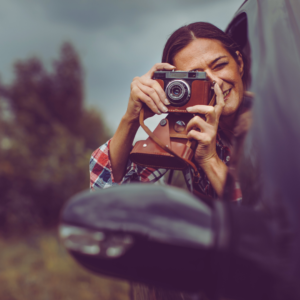Artificial intelligence has significantly transformed the landscape of art creation. AI now serves as a collaborative tool, enhancing the creative process for artists by generating new ideas, styles, and even complete artworks. This technological revolution is reshaping traditional artistic practices and expanding the definition of creativity itself.
As AI algorithms become more sophisticated, they enable artists to explore uncharted territories. The integration of machine learning allows for the rapid prototyping of art concepts, enabling creators to experiment with various techniques and materials without the constraints of time or resources. This has democratized access to artistic tools, making it easier for individuals to express themselves through art.
Moreover, AI influences the way art is consumed and experienced. Customization and personalization are now at the forefront, as algorithms can tailor art experiences to individual preferences, reshaping galleries, exhibitions, and online platforms. This evolving interplay between technology and creativity is inviting a new era of artistic expression that promises to engage audiences in novel ways.
Evolution of Art in the AI Era
The integration of artificial intelligence into the art world has transformed both the creative process and the roles of artists. These changes reflect a significant shift in how art is conceptualized and produced, showcasing new possibilities for creativity and expression.
Redefining Creativity
AI has introduced innovative tools that redefine the concept of creativity. Algorithms can now analyze vast datasets, generating art that reflects styles from various periods and cultures. Programs like DeepArt and DALL-E allow users to create unique images based on prompts, pushing the boundaries of artistic expression.
Artists are increasingly collaborating with AI, using it as a partner rather than a competitor. This collaboration enhances human creativity, enabling artists to explore complex ideas and styles that may not have been possible before. The output often incorporates both human intuition and machine learning, resulting in artworks that are both original and multifaceted.
Impact on Traditional Artistic Roles
Artificial intelligence is altering traditional roles within the art community. As algorithms become proficient at creating visual art, questions arise about the role of the artist. Some artists embrace AI as a tool, enhancing their work and reaching wider audiences.
Job descriptions within the art world are also evolving. Positions focused on digital curation, data analysis, and AI programming are gaining prominence. This shift prompts artists to adapt by acquiring new skills, bridging the gap between technology and traditional art forms. The future will likely see a blend of human creativity and machine efficiency, shaping new artistic roles and expressions.
Technological Advancements in Artistic Production
Recent innovations have significantly impacted how artists create and produce their work. With the rise of AI technology, artists are equipped with advanced tools and methodologies that enhance their creative processes.
AI-Powered Art Tools
AI-powered tools have transformed the artistic landscape by streamlining various processes. Software such as Adobe’s Sensei integrates machine learning to optimize design tasks, offering suggestions for color palettes, layouts, and effects.
These tools can analyze artistic styles and replicate them, allowing artists to explore new directions. By automating repetitive tasks, artists can focus more on conceptual development rather than technical execution.
Additionally, platforms like Procreate incorporate AI features for smooth brush strokes and predictive drawing, making art creation more efficient and intuitive.
Growth of AI Art Generators
The emergence of AI art generators has democratized art creation. Platforms like MidJourney and DALL-E enable users to generate images from text prompts, requiring minimal technical skill.
These generators use extensive datasets containing millions of images and styles to create unique artworks. Through deep learning techniques, they understand and interpret user input, producing a wide range of visual outcomes.
This accessibility has encouraged non-artists to experiment and engage with art, leading to a burgeoning online community that shares and critiques AI-generated works.
Data-Driven Visual Creations
Data-driven art employs algorithms and vast datasets to influence creative expression. Artists utilize data visualization techniques to turn complex datasets into engaging visuals, transforming statistics into artistic narratives.
By applying machine learning algorithms, artists can create pieces that evolve based on real-time data, engaging viewers in meaningful ways.
Such approaches allow for the exploration of themes such as climate change or social dynamics, integrating data analysis with aesthetic appeal. This convergence of technology and creativity is reshaping traditional art forms and fostering new dialogues within the artistic community.
Intersection of AI and Art Genres
AI has significantly influenced various art forms, from visual art to commercial applications and virtual reality environments. This intersection reveals how technology reshapes creativity and challenges traditional boundaries.
AI in Visual Art
AI tools have transformed visual art by enabling artists to explore new styles and techniques. Programs like DeepArt and Runway ML allow creators to generate unique images by training algorithms on a dataset of various artistic styles.
Artists can collaborate with AI to produce work that merges human creativity with machine learning capabilities. This not only expands the range of visual possibilities but also raises questions about authorship and artistic intent.
Furthermore, AI-generated art has gained recognition in galleries, making strides in how art is perceived and valued. Collectors are beginning to see AI artwork not just as a novelty but as an essential part of contemporary art discourse.
Influence on Commercial Art
In commercial art, AI streamlines design processes and enhances creativity. For example, companies utilize AI-driven graphic design software like Canva and Adobe Sensei to automate routine tasks.
This technology allows designers to focus on higher-level creative decisions rather than tedious manual adjustments. AI analytics also help marketers tailor visuals to specific audiences, improving engagement and effectiveness.
Additionally, generative design in product development utilizes algorithms to create unique designs that meet aesthetic and functional requirements. As a result, businesses can innovate faster while maintaining a competitive edge.
Virtual Reality and AI-Generated Environments
The fusion of AI with virtual reality (VR) is reshaping immersive experiences in the art world. Artists use AI to create environments that adapt to user interactions, leading to dynamic and engaging installations.
For instance, AI algorithms can generate changing landscapes or alter the ambiance based on viewer responses, providing a personalized experience. This interaction helps bridge the gap between the viewer and the artwork, engaging them on a deeper level.
Moreover, applications in gaming and interactive storytelling benefit from AI-generated scripts and graphics, enhancing realism and emotional impact. Such innovations expand the potential for narrative-driven art and immersive experiences in the digital realm.
Adapting Creative Processes for AI Integration
Integrating AI into the creative process involves a shift in how artists approach their work. The collaboration between human creativity and machine intelligence opens new avenues for innovation and efficiency. Artists are exploring ways to enhance their creative output through AI tools.
Collaboration Between Artists and AI
Artists utilize AI as a collaborative partner, generating ideas and providing inspiration. This partnership allows for a synthesis of unique human perspectives with algorithmic capabilities. For example, artists can employ neural networks to generate variations of an original piece, sparking new creative directions.
Key aspects of this collaboration include:
- Idea Generation: Artists can input themes or styles into AI, which produces suggestions or rough sketches.
- Experimentation: AI enables rapid testing of different artistic styles or compositions, allowing artists to explore multiple iterations efficiently.
- Feedback Loop: Continuous interaction with AI can help refine ideas, enhancing both the artistic vision and the technical execution.
Curating and Fine-Tuning AI Output
Once AI-generated content is produced, artists often need to curate and fine-tune these outputs. This process involves selecting, editing, and reworking AI results to align with the artist’s vision.
Important steps in this adaptation phase include:
- Selection: Artists choose the most compelling AI suggestions to serve as a foundation for their work.
- Customization: Artists modify AI-generated elements to enhance personal expression, ensuring the final product resonates with their audience.
- Technical Skills: Understanding AI tools’ functionalities is crucial, enabling artists to effectively manipulate outputs.
Through this integration, artists evolve their creative processes while maintaining their unique artistic identity.





